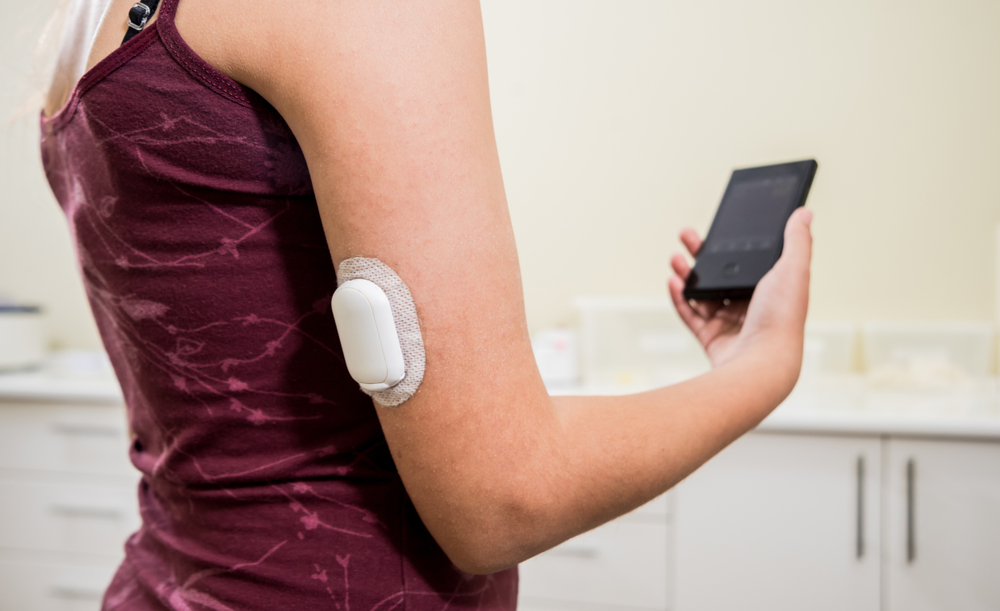What are the disadvantages of wireless pump?

When thinking about the pros and cons of any insulin pump, it’s important to think about what will work best for you and your lifestyle. A positive for one person may be a negative for someone else so always think about what features are important for you.
Compared to a standard insulin pump, there are a few disadvantages with patch pumps which include:
Remote handset

Having a remote unit can be a negative for some people as it’s another thing you have to remember not to leave the house without.
When you have diabetes there is already a list of things you need to remember to always carry with you. For some people, having a separate handset so that you can deliver bolus insulin can be a bit frustrating.
However, some patch pumps do let you deliver bolus insulin on the pump directly, such as the Accu-Chek Solo so if this is something that put you off a patch pump, it’s worth looking at the exact features of each model.
Skin irritation

The surface area for the adhesive is quite large which can cause skin irritation for some people.
This isn’t an issue that everyone with a patch pump experiences, however, some people can find their skin becomes irritated due to the adhesive. Some people have found using a different adhesive that is latex-free, zinc oxide-based can help with skin irritation.
Frequent changes of insulin pump

If your insulin doses are high then it will require frequent changes of the insulin pump reservoir.
Most patch pumps will hold enough insulin (roughly 200 units) for around 2 – 3 days. However, if you normally take a lot of insulin, or you are having to take a lot to correct high blood glucose levels, then you will need to change or fill the insulin reservoir (depending on the model) more frequently.
Bolus doses

Using larger boluses of insulin from patch pumps is not ideal as the boluses are not always absorbed very predictably.
If you use more than 6 – 7 units of bolus, then it is necessary to give the bolus over 30 minutes. This can be tricky to remember.
Waste of materials

As the pods or reservoirs are single-use, there is more waste than there is with a traditional insulin pump.
With patch pumps, all of the pods, batteries and plastic materials are designed to be used only once so there is more waste than there is with a standard insulin pump. If the cannula becomes loose and needs to be reinserted then you would need to use a whole new pod rather than just reconnecting it.
Cost and availability

Patch pumps are more expensive than traditional pumps so their availability varies across the UK.
Patch pumps come with more consumables than a traditional insulin pump so the costs are generally higher for them. This means that they are not always available in your region through the NHS.
Infusion site not visible

As the infusion site is not visible you may not pick up on any problems as quickly
The infusion site is covered by the pod so you may not spot signs of infection as quickly as you would do with a traditional insulin pump.
What are your thoughts on patch pumps? Have you tried them and found something you didn’t like?



Leave a Reply
You must be logged in to post a comment.